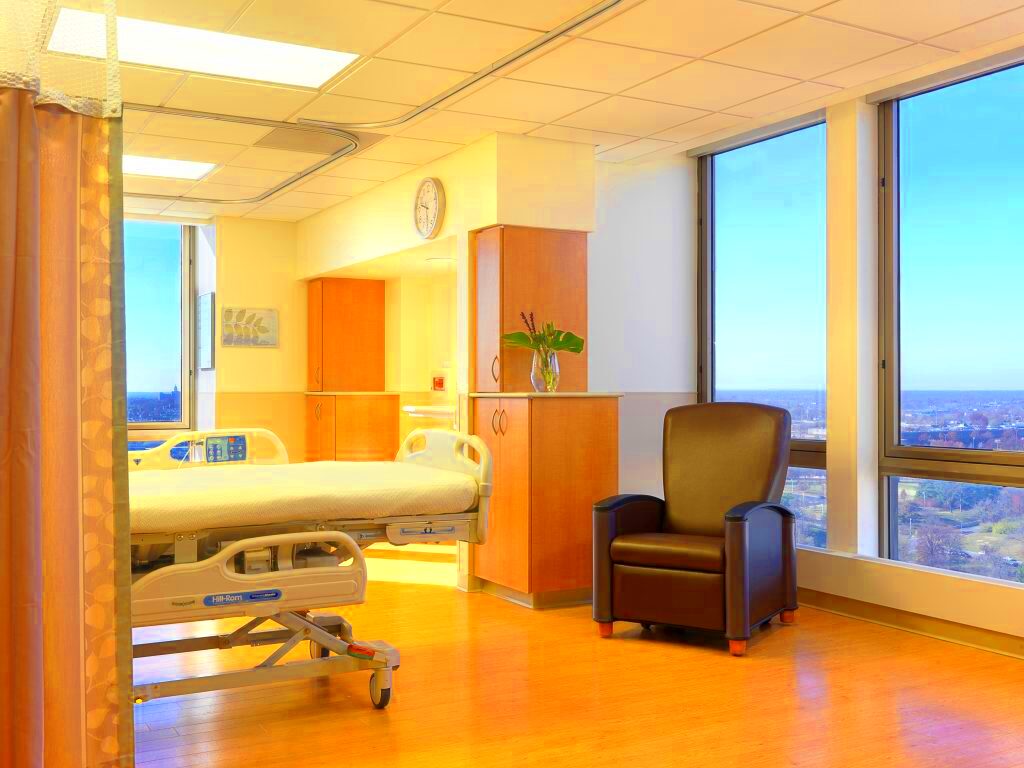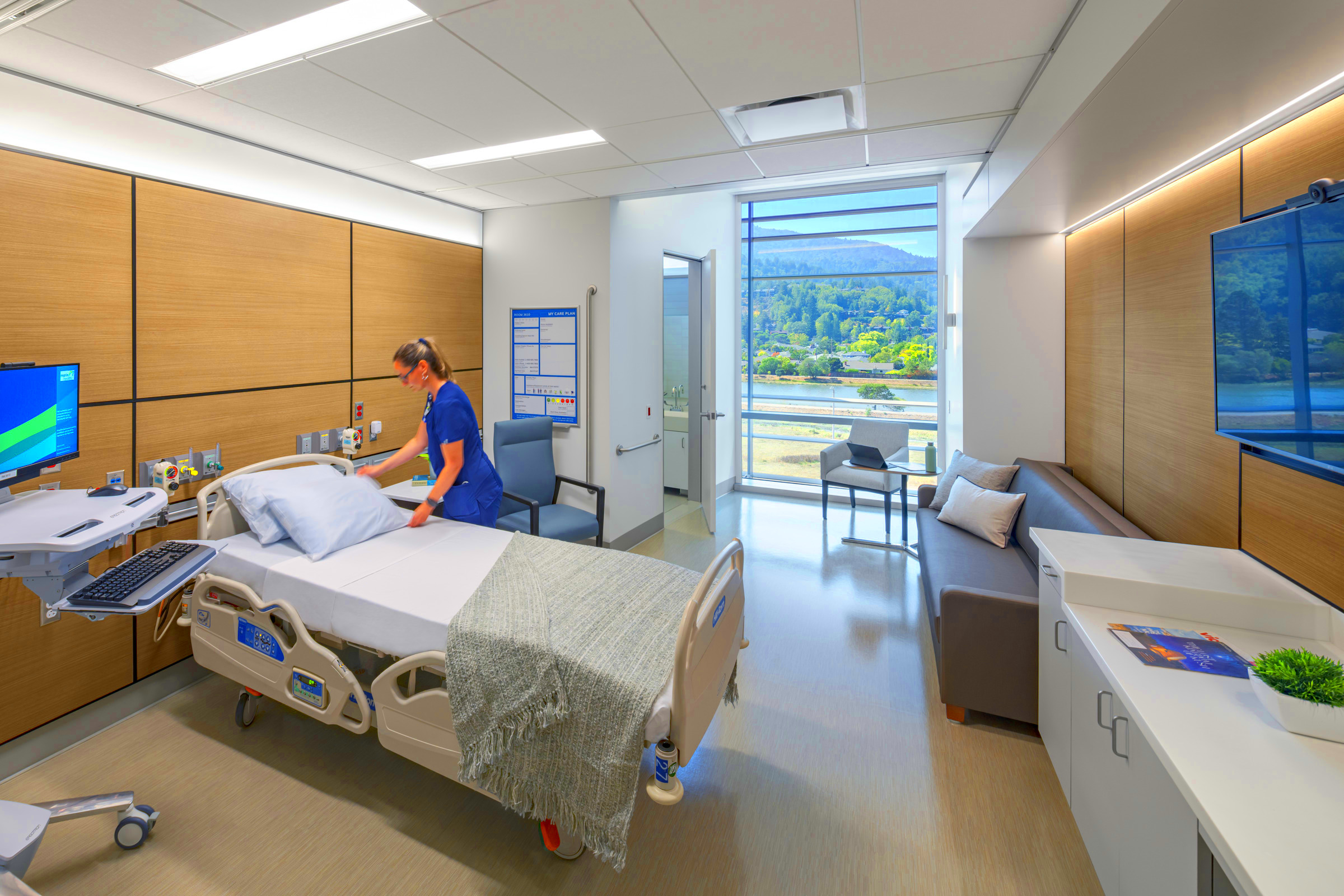The pictures taken at patient areas of hospitals give us an alternative perception of the healing settings. They serve different functions such as showcasing patient comfort and care, highlighting modern designs, as well as showing how hospitals put more emphasis on their patients’ welfare.Documenting these spaces enables us to come up with pictures that tell a story about being human in healthcare institutions. Such an account is valuable not only to encourage future patients but also assists hospital administrators and designers in enhancing their service delivery.
Exploring Patient Comfort in Hospital Settings

To ensure patient comfort is regarded as the most important thing by doctors or nurses in a hospital; therefore, photography will show how patients can be made comfortable. The layout of any room where patients are taken to determines to a great extent how they will feel while there.In photographs one can point out the following factors that contribute towards comfort:
- Private Rooms: Capturing images of private patient rooms emphasizes personal space and tranquility.
- Welcoming Waiting Areas: Photos of waiting rooms can reflect a warm, inviting atmosphere, which can reduce anxiety.
- Family-Friendly Spaces: Showcasing areas where families can gather helps underline support systems.
- Comfortable Furnishings: Highlighting cozy chairs, soothing colors, and natural light can make a big difference.
Such features help to promote a healing environment for patients and their loved ones.
How Photography Can Influence Patient Experience

Photography goes beyond mere documentation of spaces; it has the power to shape patient experience.This can be achieved through effective hospital snapshots in these various ways:
- Building Trust: When potential patients see real images of the hospital, they may feel more connected and reassured about their care.
- Reducing Anxiety: Positive imagery of hospital environments can help ease fears associated with medical procedures.
- Enhancing Communication: Visuals can help communicate the range of services offered, making it easier for patients to understand what to expect.
- Encouraging Visits: Captivating images can inspire people to seek necessary treatments or check-ups.
Essentially, thoughtful photography creates link among patients and health care providers, fostering a sense of community and trust.
Showcasing Innovative Designs in Hospital Patient Areas
The presence of contemporary designs in the hospital patients’ sections is important for the creation of environments that enhance healing and comfort. When picturing hospitals, it is common to think about lifeless and cold places. Nonetheless, various relevant hospitals are distancing themselves from this and going for modern structures together with considerate interior designs.Some major photography characteristics include;
- Natural Light: Large windows and skylights can flood rooms with natural light, reducing feelings of confinement.
- Flexible Spaces: Open layouts allow for adaptable use, accommodating both patients and visitors comfortably.
- Color Psychology: Using calming colors can have a positive effect on mood and overall well-being.
- Art Integration: Including artwork and installations can make a space feel more welcoming and less clinical.
Photographs of these pioneering patterns may help motivate other hospitals’ stakeholders to reconsider their patient environments, thereby improving overall satisfaction with the service delivery for patients.
Documenting the Role of Nature in Healing Environments
The link between nature and wellbeing is very deep and this is something that hospitals are starting to realize more and more. By documenting how nature is integrated into healing environments, we are able to show just how important it is for fast recovery of patients.Here are some of the ways hospitals have included nature:
- Healing Gardens: Outdoor spaces filled with plants and flowers provide a serene escape for patients and families.
- Indoor Plants: Greenery inside patient rooms can improve air quality and enhance mood.
- Views of Nature: Designing patient rooms with views of gardens or parks can help reduce stress levels.
- Natural Materials: Using wood and stone in construction creates a warm, inviting atmosphere.
Supportive of the healing process, a peaceful environment can be created by showing through intelligent photography how these natural elements contribute to it.
Highlighting Accessibility Features for Patients
Healthcare accessibility is very important so every patient will be cared for and welcomed irrespective of any mobility or other difficulties they may have. Photographs can be used to showcase the accessible hospital patient areas and make people more aware of it as well as promoting inclusiveness.Some of key elements to illustrate include:
- Wheelchair Access: Ramps, wide doorways, and elevators ensure that all areas are accessible.
- Adaptive Furniture: Beds and chairs that adjust to accommodate different needs can enhance patient comfort.
- Signage: Clear, easy-to-read signs help guide patients and visitors throughout the facility.
- Assisted Technology: Devices that aid communication and mobility empower patients to take charge of their care.
If we record these accessibility elements, we will be able to persuade additional health centers towards inclusive design thus fulfilling respect and care for every patient during their time in hospital.
Ethical Considerations in Hospital Photography
Photographing patients and hospital spaces is fraught with ethical concerns. In these delicate times, respect for privacy and dignity must prevail.Some of the main ethical issues are as follows:
- Informed Consent: Always obtain permission from patients or their families before taking photos. They should understand how the images will be used.
- Patient Privacy: Be mindful of including identifiable information in photographs, such as patient gowns or name tags.
- Sensitive Situations: Avoid photographing patients in vulnerable moments, such as during medical procedures or emergencies.
- Respectful Representation: Portray patients and staff in a way that honors their experiences and contributions to healthcare.
This use of ethical guidelines may help photographers come up with photographs that truly represent emotions and feelings such as love and care in health institution as well as honor all parties concerned.
Frequently Asked Questions about Hospital Photography
Hospital photography usually stirs up inquiries whether among patients or practitioners. Here are some frequent queries:
Why is hospital photography important?
- It helps capture the environment and experiences of patients, enhancing communication and understanding.
Who can take photographs in a hospital?
- Generally, professional photographers, healthcare staff, or family members can take photos, but it’s crucial to have permission.
What should be avoided in hospital photography?
- Avoid taking pictures of patients without consent, especially in vulnerable situations or areas.
Can photos be used for marketing?
- Yes, but only with explicit permission from patients or their families to ensure ethical practices.
They reveal that, there need to be open channels of communication between the people whose pictures are taken at the hospitals and the medical personnel taking these pictures for obtaining their consent before they are used in any way.
Conclusion on the Impact of Visual Storytelling in Healthcare
Until the month of October in the year twenty twenty three, you have been instructed on facts.
- Enhance Understanding: Photos help demystify hospital environments, making them feel more approachable.
- Foster Connection: Visuals can build a bridge between patients, families, and healthcare providers, promoting empathy.
- Encourage Advocacy: By highlighting both the challenges and triumphs within healthcare, we can drive improvements in patient care.
In conclusion, when done ethically and thoughtfully, hospital photography can enrich the narrative of healthcare, providing a deeper understanding of the human experience within these walls. It’s not just about capturing
images; it’s about telling stories that resonate and uplift.
 To ensure patient comfort is regarded as the most important thing by doctors or nurses in a hospital; therefore, photography will show how patients can be made comfortable. The layout of any room where patients are taken to determines to a great extent how they will feel while there.In photographs one can point out the following factors that contribute towards comfort:
To ensure patient comfort is regarded as the most important thing by doctors or nurses in a hospital; therefore, photography will show how patients can be made comfortable. The layout of any room where patients are taken to determines to a great extent how they will feel while there.In photographs one can point out the following factors that contribute towards comfort: Photography goes beyond mere documentation of spaces; it has the power to shape patient experience.This can be achieved through effective hospital snapshots in these various ways:
Photography goes beyond mere documentation of spaces; it has the power to shape patient experience.This can be achieved through effective hospital snapshots in these various ways:
 admin
admin








